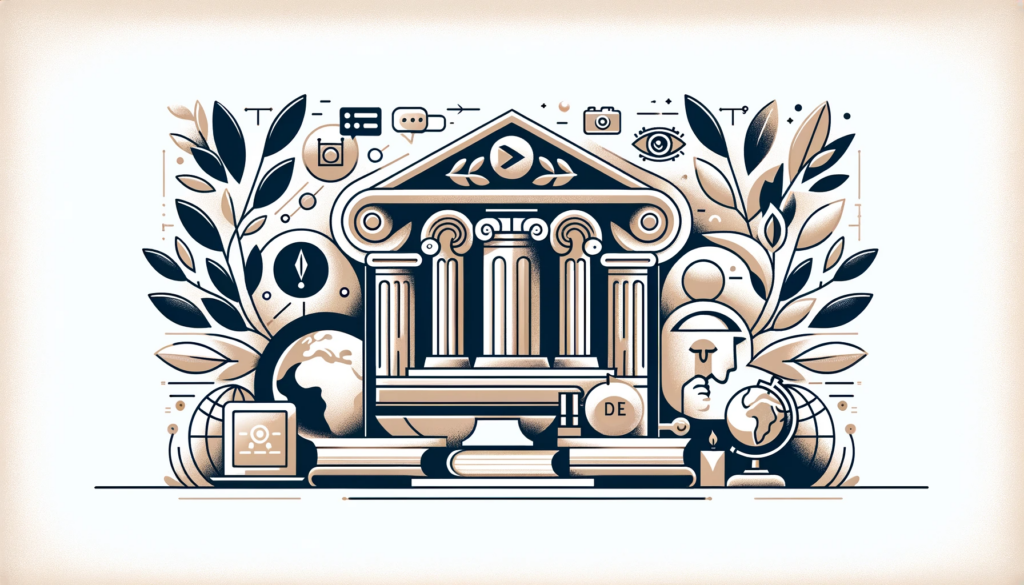
In an era marked by rapid technological advancements in education, the ancient Greek concept of τέχνη (techne) emerges as a guiding light. This concept, translating to ‘art,’ ‘craft,’ or ‘skill,’ offers profound insights into how we approach technologies in teaching, learning, and research today. This blog post explores the relationship between τέχνη and modern educational technologies, highlighting how this age-old concept can enhance our understanding and use of these tools.
τέχνη in Educational Technology: Bridging Knowledge and Practice
τέχνη represents a blend of knowledge and its practical application, a philosophy crucial for educational technology. It’s not just about having advanced tools; it’s about how educators and learners skillfully use these tools to enhance understanding and foster a deeper connection with the subject matter. This synergy of knowledge and application is the essence of τέχνη and the cornerstone of effective educational technology.
The Craft of Teaching: More Than Just Transmission of Information
Teaching, in the spirit of τέχνη, transcends the mere transmission of information. With technologies like interactive whiteboards, virtual reality (VR), and online platforms, educators are not just imparting knowledge but crafting experiences that engage and inspire students. The art lies in using these technologies to create an environment where learning is dynamic, interactive, and, most importantly, meaningful.
Learning Through τέχνη: Empowering Students
In the realm of learning, τέχνη emphasizes the active role of the learner. Technologies such as e-learning platforms and educational apps are not just tools for accessing information but instruments through which students can craft their own learning experiences. By engaging with these technologies, students develop a practical understanding, a hallmark of τέχνη, turning passive absorption into active exploration.
Research: The τέχνη of Inquiry and Discovery
In research, τέχνη finds its expression in the meticulous craft of inquiry and discovery. Advanced research technologies, from data analysis software to digital libraries, are more than just facilitators of research; they embody the art of exploring, analyzing, and discovering new knowledge. Researchers skilled in these technologies are practicing τέχνη, blending their expertise with tools to push the boundaries of understanding.
Digital Literacy: A Modern Expression of τέχνη
In today’s digital age, τέχνη also implies digital literacy – the skill of effectively and responsibly navigating, evaluating, and creating information using a variety of digital technologies. It’s a critical component of education, encompassing the art of understanding and utilizing digital tools for learning and research purposes
τέχνη in Collaborative Learning and Research
The collaborative nature of modern learning and research platforms reflects τέχνη’s emphasis on shared practice and knowledge-building. Technologies like online forums, collaborative documents, and virtual labs allow learners and researchers to work together, merging individual skills into a collective craft
Conclusion: Embracing τέχνη in Educational Technologies
In conclusion, τέχνη offers a valuable lens through which to view the use of technology in education. It reminds us that teaching, learning, and research are not just about the tools we use but how we use them. By embracing τέχνη, educators, learners, and researchers can transform the use of technology from mere utility to an art form, enhancing the educational experience in profound and meaningful ways. Let us, therefore, rekindle the spirit of τέχνη in our educational practices to navigate the digital landscape with skill, creativity, and purpose.